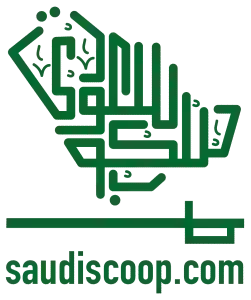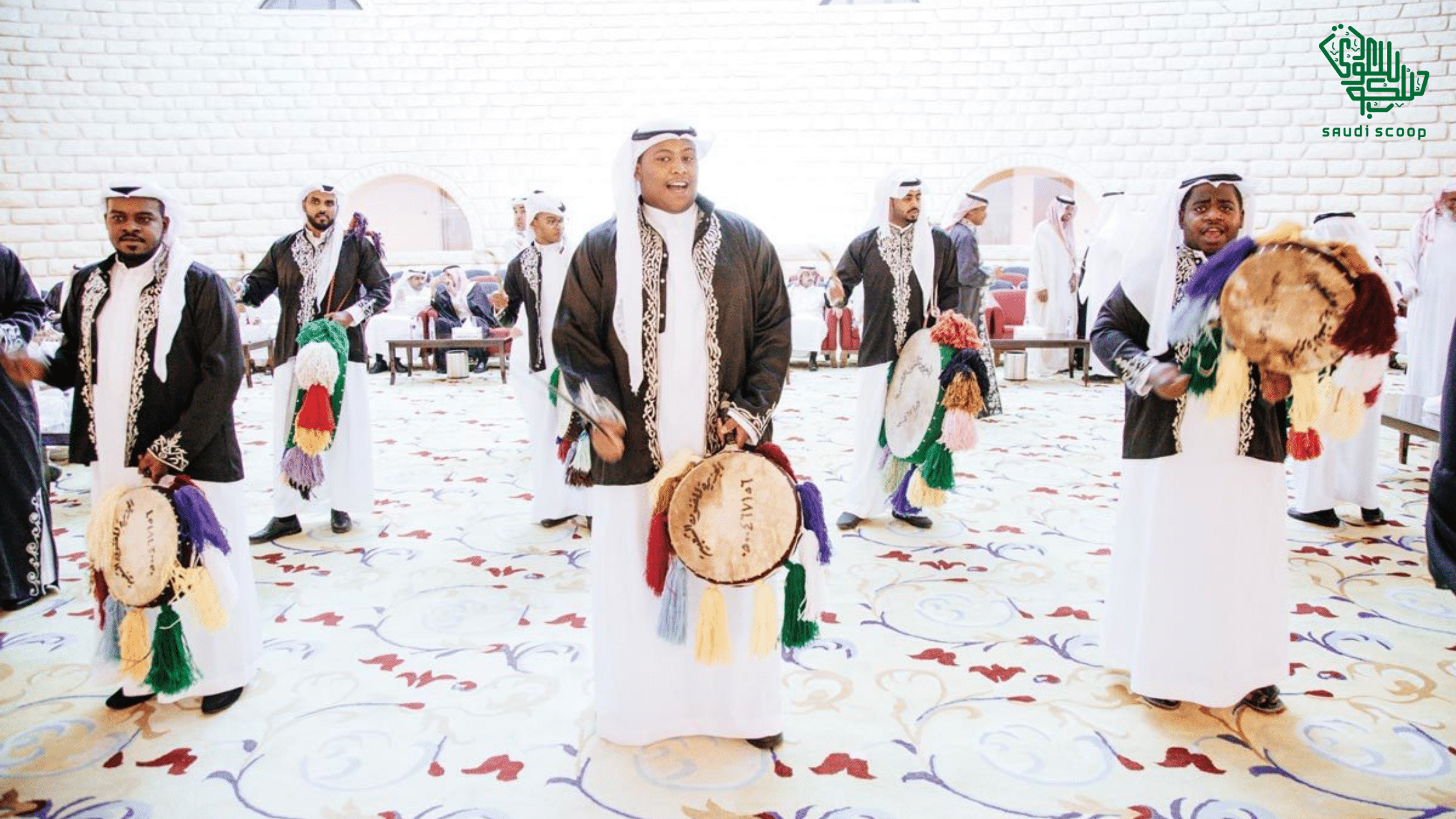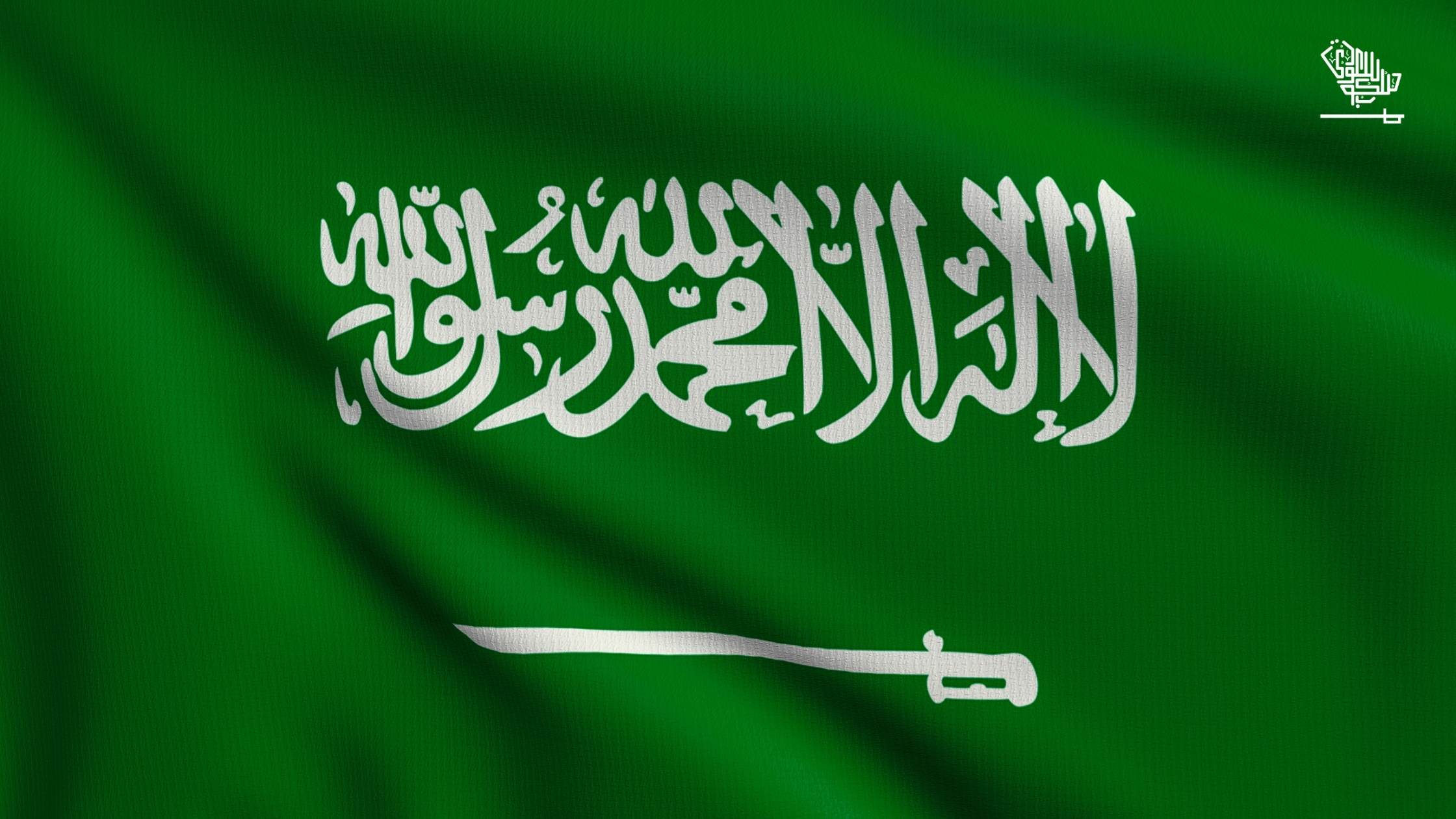Suppose you are not interested in Ardha Dance. You lack manly qualities in that case, said Dr. Saad Sowayan, a Saudi folklore scholar and anthropologist, as it is the great Warriors Dance in Riyadh. In a tribal society, that is important.
For the unaware, Ardha is the national folk song and dance of Saudi Arabia.
Who Performs Al-Ardha?
This dance is only performed by men. It consists of a sword-wielding two-step, in which participants dance shoulder to shoulder in two lines, facing each other.
The choreography, a slow bend at the knee while raising and lowering swords to the drumbeat and song – sounds simple.
But, in the context of a formal performance of Ardha, it requires sound health and strength as these performances have been known to last several hours.
‘I used to live in Saudi Arabia; I first saw Ardha on television.
Also, I remember watching for a while, then going somewhere and coming back an hour later. The dance was still going on,’ recalls Dr. Lisa Urkevich, the author of ‘Music and Traditions of the Arabian Peninsula and Visiting Scholar at Harvard University.

The most famous of Saudi Arabia’s folk arts, or al-funun al-sha’abiyyah, Ardha is established as a symbol of the nation’s tradition and culture.
Nationalistic
It’s so nationalistic; the lyrics accompanying Ardha and the contexts in which it’s performed are seen at national events in Saudi Arabia.
King Abdullah would dance the Ardha with the national flag upon his shoulders.
Everyone loves performing — royalty, dignitaries, and citizens.
On National Day celebrations, Ardha is often performed outside Saudi embassies worldwide.
Last year, Ardha enjoyed some more attention when the international press ran pictures of the Prince of Wales.
He was shuffling self-consciously with Saudi Arabia’s royal family members during Riyadh’s Janadriyah Festival – one of the country’s premier cultural events.
One could decline, of course, but it will reflect badly on the person. It would mean that the person is not a man of metal or a warrior.
Some people are good at it, and some are not; you practice and practice.
History Of Ardha Dance
Historically, Ardha traces its roots in the tribal feuds of the Arabian Peninsula and the rituals performed in the Bedouin camps ahead of the battle.
Ardha has evolved, raising morale and preparing combatants for war in its progression from traditional war chants.
Its origins are in the central Najd region of Saudi Arabia, with variations found across the Gulf in Qatar, Kuwait, and the United Arab Emirates.
Ardha echoes the past, the variation practiced in Saudi Arabia today.
It was once performed to encourage warriors and instill their enthusiasm to advance against the enemy.
It was an exhibition of Prowess in dancing, handling weapons, and the warriors’ physical fitness. Today, it is celebratory.
[elementor-template id=”3641″]
The costumes worn by participants of Ardha today hark back to the time of the dance’s advent. Distinguishing robes particular to Ardha are the same today as those worn historically on the battlefield in ancient times.
Ardha Dance today
Today, most dancers will perform Ardha in Saudi Arabia’s national dress, a red chequered Keffiyeh, and pristine white Kandoura.
Those flanking the national flag bearer may also wear a ceremonial Bisht – a gold-trimmed, loose-flowing black cloak over the Kandoura.
Performers may also strap cross-belts over their chests, weapons, and another leather belt around their waists to hold the curved daggers known as khanjar.
Meaning of Ardha Dance
Ardha is derived from the root word “Ardh,” which means “show.”‘
So, what exactly are Ardha dancers trying to show? — Prowess, military strength, the weapons, and the stamina of the men.
It is not as animated as the Zulu war dance but a much longer and physically exacting affair.
The performance starts with a poet chanting a line of verses specific to the occasion and establishing the rhythm.
The participants then repeat the verse with the drumbeats in the background.
As the first row of men repeats the first hemistich, the poet moves to the second row, and then the second row repeats the verse.
Drummers
The drummers beating the large-framed drums called Takhmeer will sequentially strike three quick double-strokes past the chorus of the second hemistich.
This is followed by a fourth stroke, upon which the smaller drums (Tathleeth) produce a series of single strokes followed by two quick strokes, delivering a 6/8 rhythm.
The drummers providing the dance’s stately, triple-meter drag beat, similar to the asymmetrical rhythm of a camel’s gait, usually wear richly embroidered vests or woolen jackets of ankle-length, known as Daghla.
Different patterns embroidered on these vests represent the different teams.
All the various types of drums are ornately decorated.
Participants’ Stamina
Green felt the Saudi flag’s color is glued around the drum’s outer rim, as are the Danadish, the pom-pom look-alikes.
Although there isn’t any significance to the costume worn during Ardha other than its historical and cultural connection, its appeal carries even today. And the performers look good too.
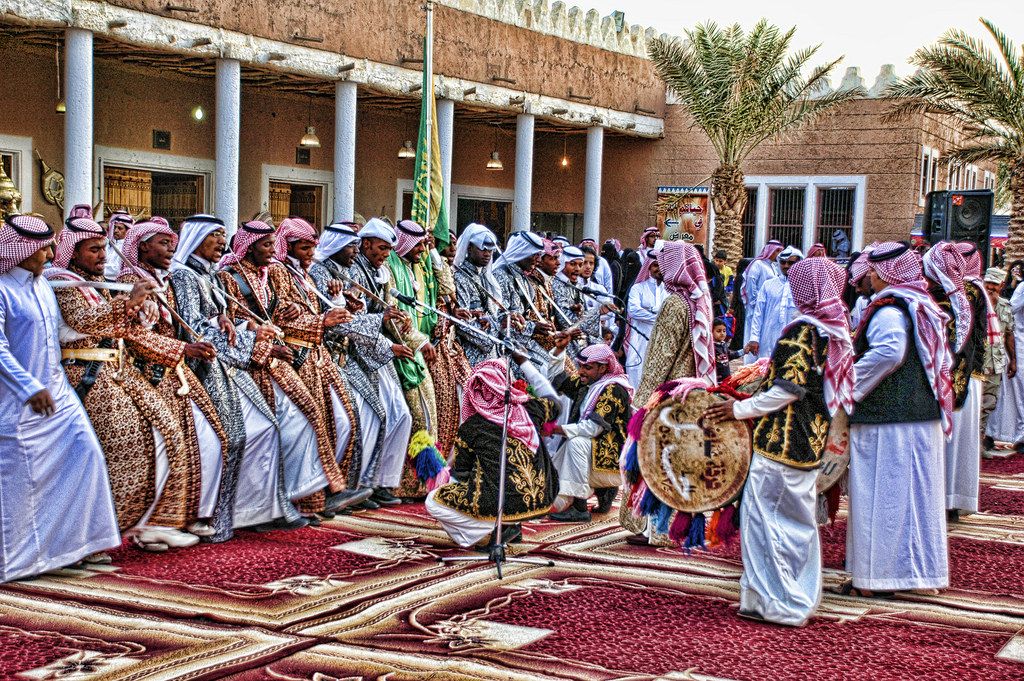
It is sort of showing off in front of the others when women used to watch how men danced the Ardha and would judge them on their style and athleticism.
Dancing the Ardha for hours is a test of the participants’ stamina.
Today’s displays of strength are purely for show. The swords are merely props made with light metal, and the costume is never worn in private.
Today, Ardha represents different goals, such as national pride, solidarity, camaraderie, and unity.
Young men perform Ardha at their graduation, so today it is more of a celebration and a declaration that “We’re proud, happy and united.”‘
Read: Festive Saudi – The Festivals and Celebrations
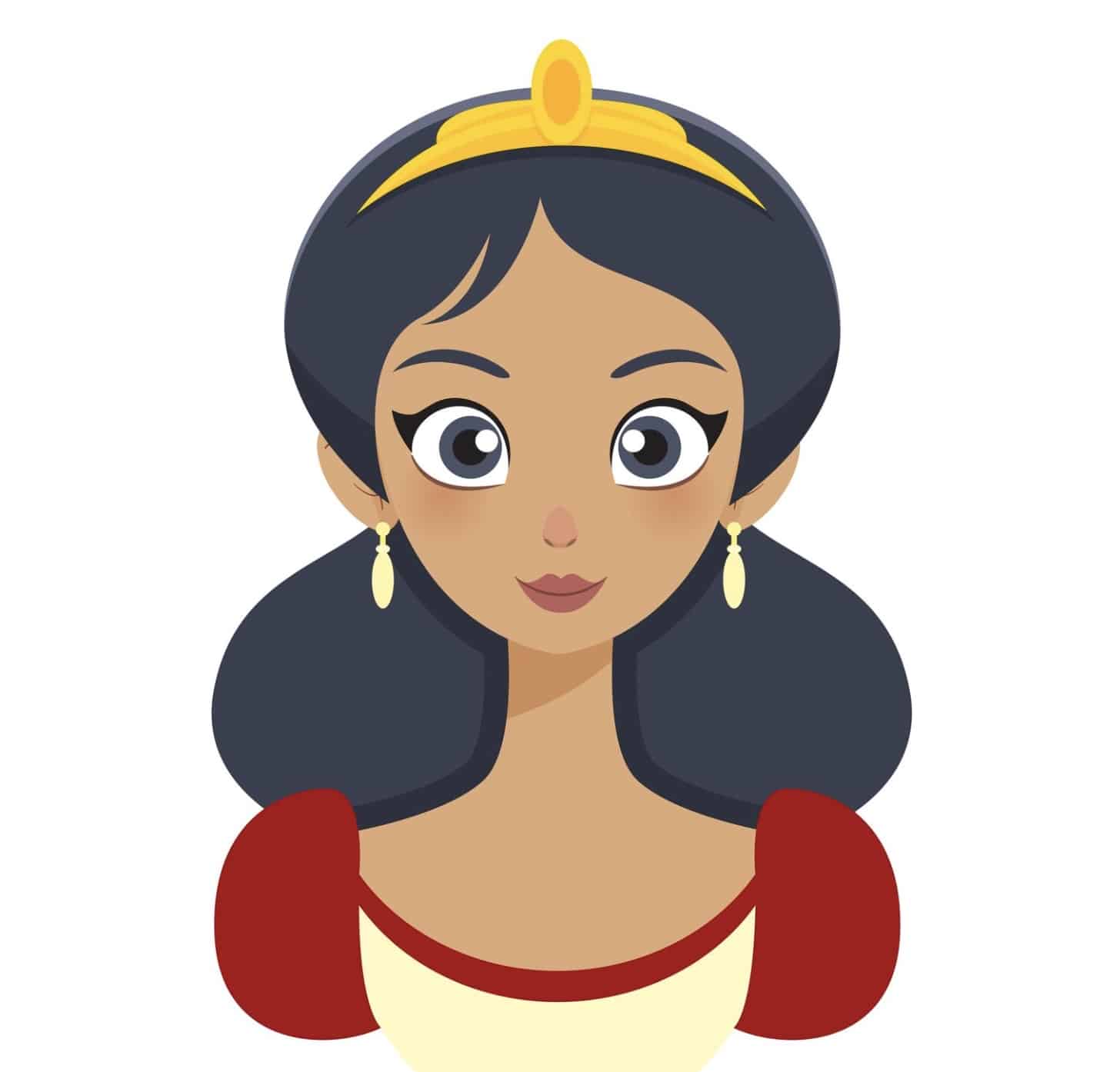
Maira is a passionate blogger with a creative soul. When not crafting engaging content, she immerses herself in painting, explores new worlds through books, and seeks inspiration from her travels. Her writing reflects her love for art, literature, and adventure.

